Costa Rica is a jewel of Central America, famed for its stunning biodiversity, lush rainforests, pristine beaches, and friendly locals. In this guide, we’ll dive into Costa Rica’s seasons, revealing the pros and cons of each period, including the worst time to visit Costa Rica.
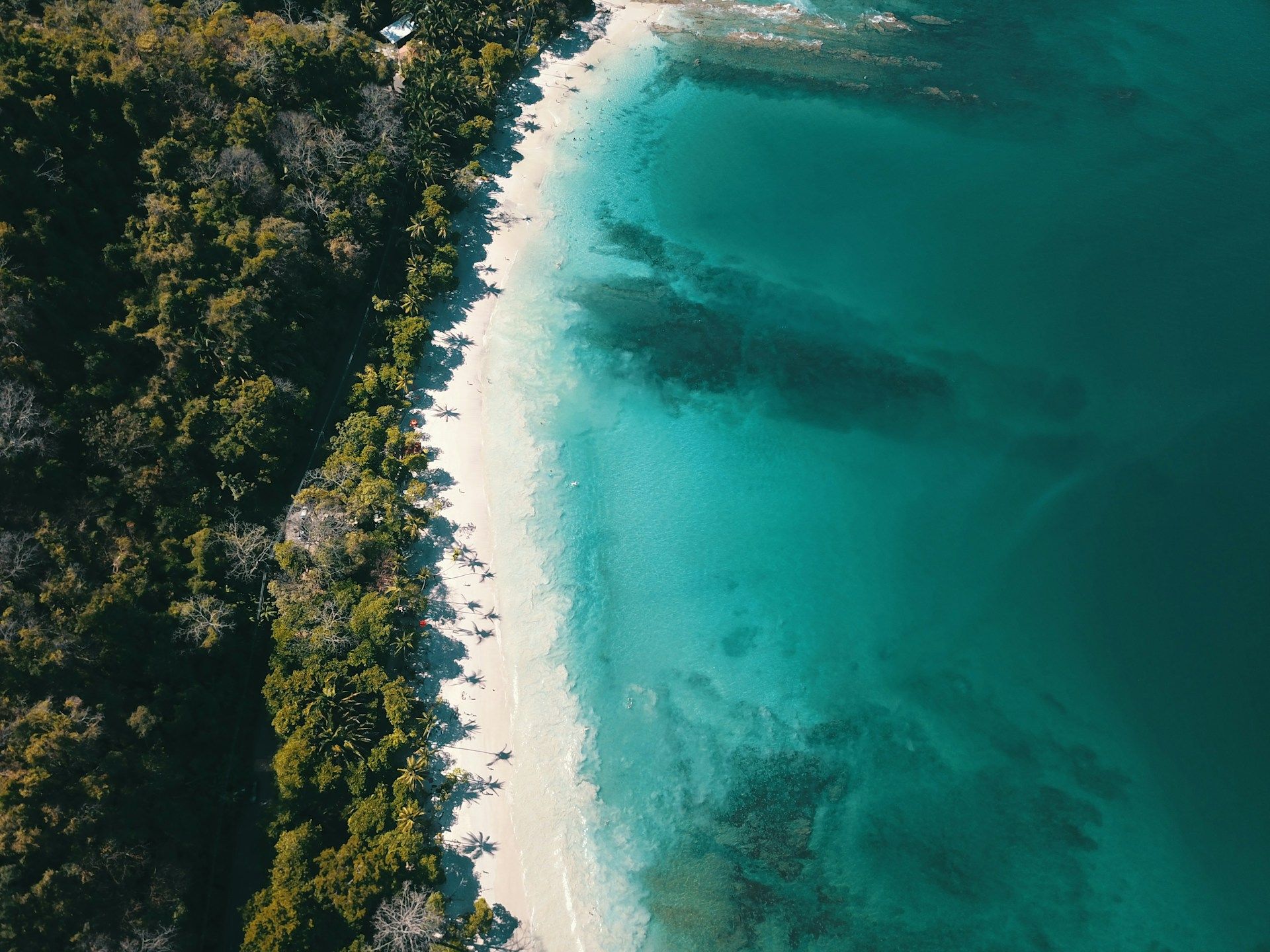
Photo by Luis Diego Aguilar on Unsplash
But before you pack your suitcases, this trip is the perfect opportunity to try Yoho Mobile’s free eSIM. See how easy it is to install and how good the internet connection is. Afterwards, you can use the promo code YOHO12 for 12% off.
Why travel to Costa Rica?
Costa Rica is an incredible destination that attracts a diverse array of travelers, each for their own unique reasons. For example, nature lovers and adventure seekers flock here to explore its vibrant wildlife, surf world-class waves, and hike through tropical national parks. It’s also a popular destination among the growing wave of eco-friendly travelers, thanks to its commitment to sustainability and conservation.
Costa Rica Season by Season Quick Review
Costa Rica’s climate is tropical, characterized by two distinct seasons: the dry season and the rainy season. As these seasons shape the landscape, wildlife activity, and travel conditions across the country, let’s explore them in a bit more detail.
-
Dry Season (Mid-December to April): It’s usually called the “high season,” as it’s the tourists’ favorite, with abundant sunshine, warm temperatures, and minimal rainfall. It’s time to have some excellent beach vacations and outdoor adventures under the clear skies.
-
Rainy Season (May to Mid-December): Also known as the “green season,” since the frequent afternoon showers contribute to converting the landscapes into green paradises and rejuvenated forests. However, because of the rain, many people consider it the worst time to visit Costa Rica, a claim we will explore further in this article.
-
Shoulder Periods: Not a proper season, but we have to talk also about the transitional months of May and November. In general, the weather resembles a blend of both seasons, with sunny days alternating with occasional rain. This means you can enjoy the best of both worlds: great weather for excursions and fewer crowds.
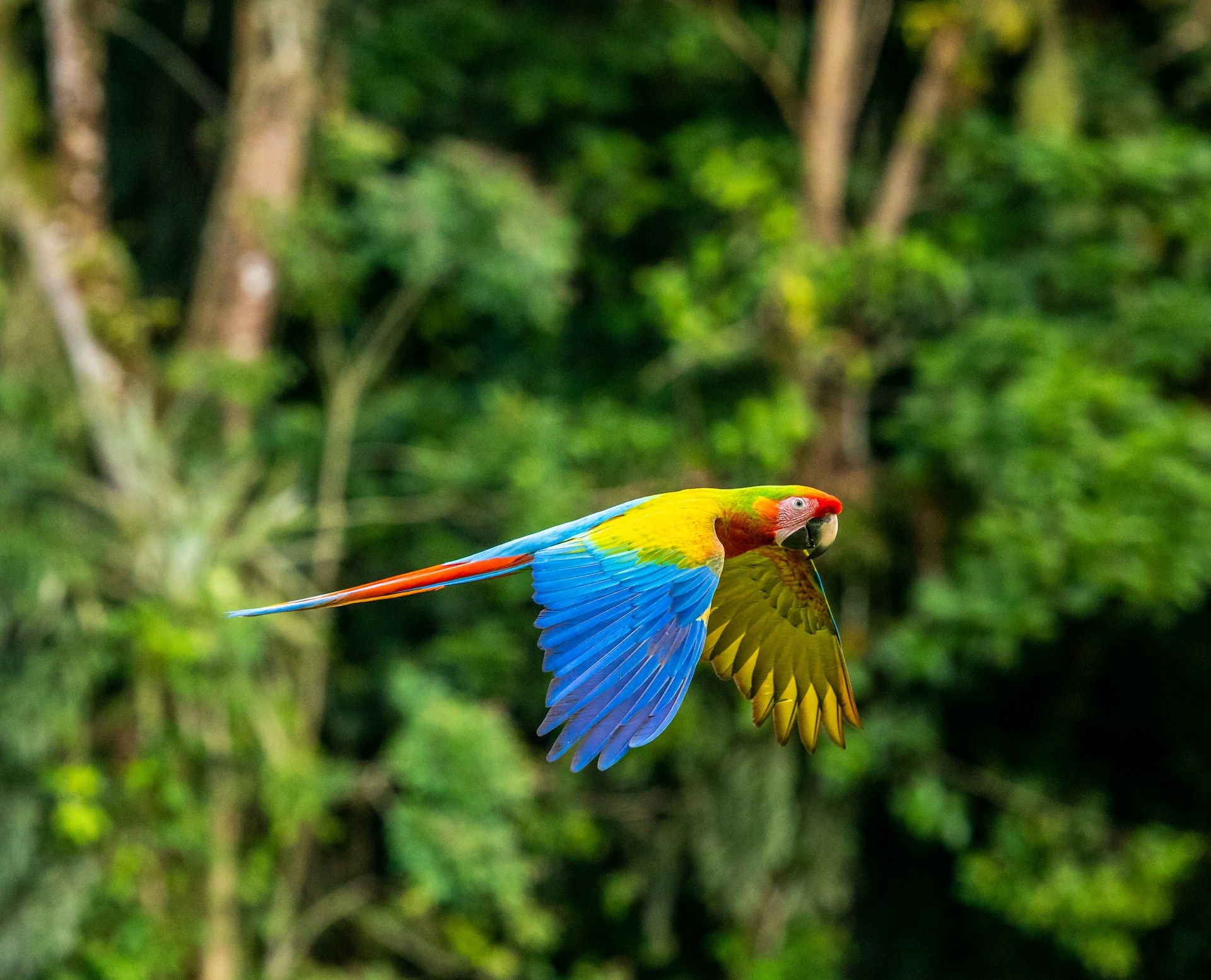
Photo by Zdeněk Macháček on Unsplash
When is the worst time to visit Costa Rica?
The worst time to visit Costa Rica is generally considered to be September and October. These are the peak of the rainy season, also called the “green season,” so they bring heavy and consistent rainfall across most regions of the country. And of course, the rain causes rivers to swell and roads to flood, making travel more difficult.
Even in coastal areas, where rain is less common, there are fewer sunny days, and traveling there can also be challenging as some areas become inaccessible due to landslides or road closures.
Regional differences during the green season
Not every part of Costa Rica gets hit the same way during the rainy season. So let’s see how this particular season looks in the most popular areas of the country.
-
The Caribbean coast: In places like Puerto Viejo and Tortuguero, you’ll actually see less rain during September and October, making it a smart alternative during this time. But less rain doesn’t mean no rain, so don’t make the mistake of expecting perfect sunny days during your trip.
-
The Pacific coast and Central Valley: Meanwhile, popular spots like Manuel Antonio, Monteverde, and San José do get the brunt of the rain. Therefore, all the disadvantages and problems associated with the rainy season also apply there.

Photo by Angello Pro on Unsplash
Unexpected Advantages of the rainy season
But that’s enough for the negative part, and that’s not all to discover about the rainy season. For many, it might be the worst time to visit Costa Rica, but it actually has several unexpected advantages and a hidden charm that’s worth exploring.
-
Lower Costs: Since fewer tourists choose this season to travel, you’ll find deep discounts on hotels, rental cars, and even guided tours. This means that budget-conscious travelers can save significantly by visiting during the low season.
-
Less Crowding: Fewer tourists mean fewer crowds, so no shoulder-to-shoulder beach scenes and no lines at popular national parks. You can enjoy a more relaxed, personal experience at many attractions.
-
Lush Landscapes: Rain transforms the scenery, making it more vibrant and magical. Waterfalls roar at full power, and forests glow with life.
-
Local Vibes: With fewer tourists around, the experience feels more authentic, so you’ll engage more deeply with locals, especially in smaller towns.
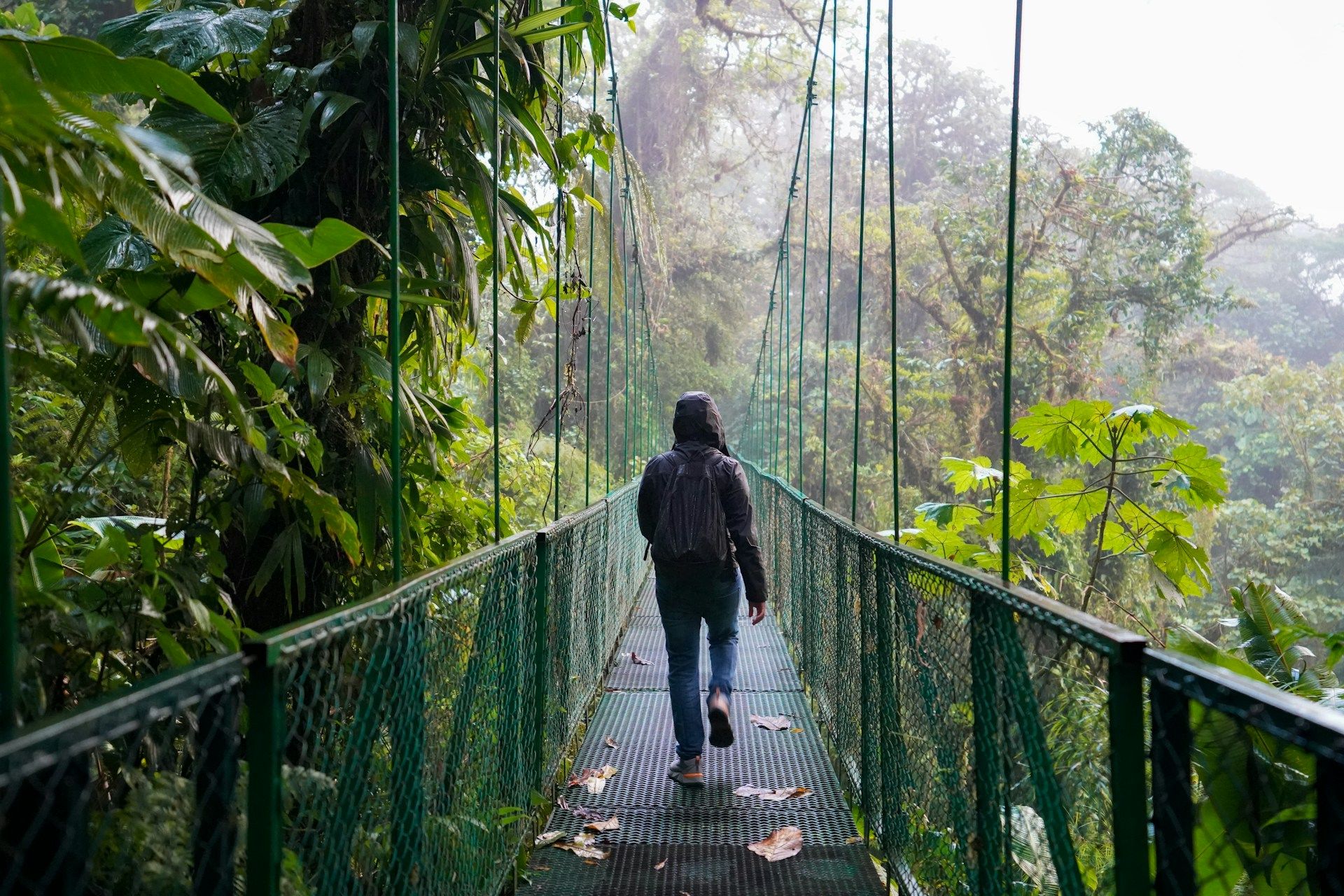
Photo by J. Amill Santiago on Unsplash
Activities to enjoy during the worst time in Costa Rica
You already know all the good things that this season brings, but what kind of activities can you do?
Explore the Caribbean Coast
While most of the country gets drenched in October, Costa Rica’s Caribbean side enjoys a mini dry season. That leaves you plenty of opportunity to do activities like snorkeling in Cahuita National Park, with its crystal-clear waters and coral reefs where you can spot sea turtles, rays, and tropical fish.
If you know your way around a surfing board, you can surf in Puerto Viejo, in places like Salsa Brava, famous among experienced surfers, or Playa Cocles, which offers more beginner-friendly waves.
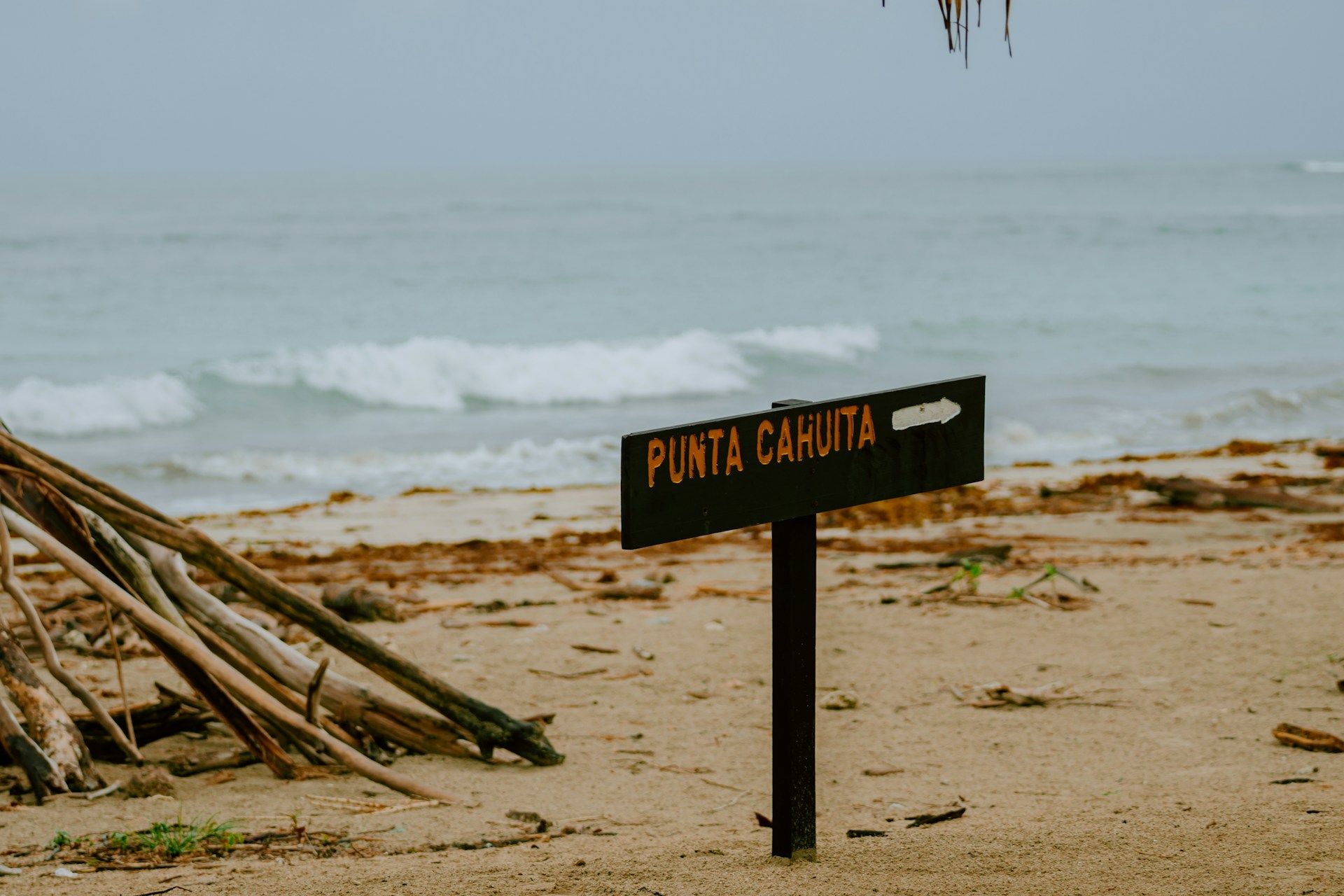
Photo by Filiz Elaerts on Unsplash
Wildlife Viewing in Tortuguero
During the rainy season, humans might prefer to stay dry at home, but that’s not true of all animals. On the northeastern coast, in Tortuguero National Park, you can see quite a lot of biodiversity. You can even see turtles hatching! There are also birds, monkeys, and river otters, which are highly active in the season, especially early in the day.
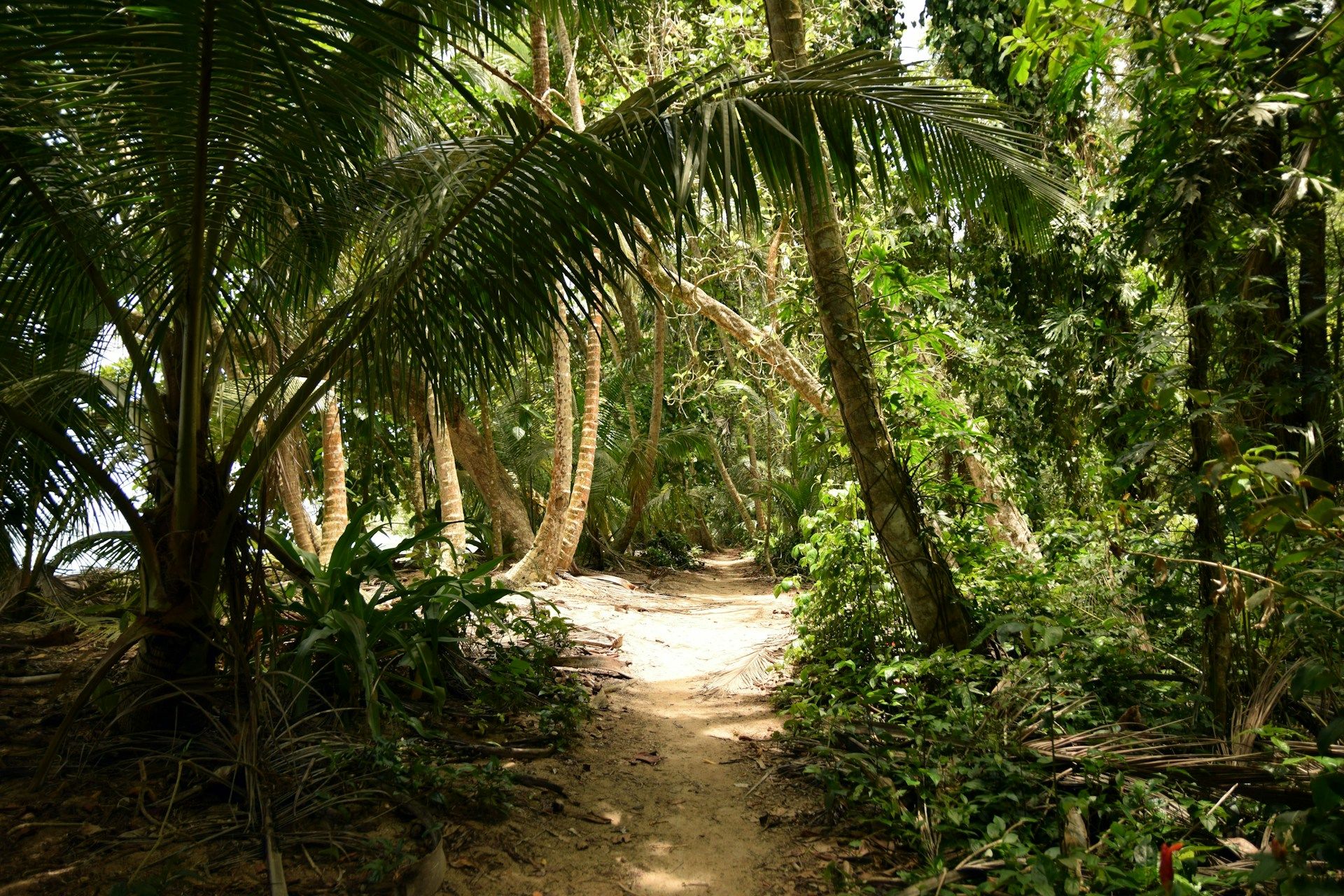
Photo by Lisa Kessler on Unsplash
Go Whitewater Rafting
This is one of the best times for rafting in Costa Rica, as the rivers are full and the currents are strong. In rivers such as Río Pacuare and Río Sarapiquí, you can have memorable experiences full of adrenaline.
If you already have experience, Pacuare is a good choice for you, and it’s actually ranked among the top whitewater rivers in the world. However, for beginners or families, Sarapiquí is a better option. Don’t forget to recruit a local guide and prioritize safety, as conditions and weather can change rapidly.
Soak in Natural Hot Springs
There’s nothing like listening to the cold rain while you’re soaking in a warm thermal spring. Additionally, in Costa Rica, many are situated in lush jungle environments, providing a peaceful contrast to the surrounding storms. La Fortuna in the Arenal area is pretty popular. It has dozens of hot spring resorts that range from budget to luxury. But there’s also Tabacón and Ecotermales, and Rincón de la Vieja, in the northwest, with fewer crowds and volcanic mud baths too.
Hike in Short Bursts
Long hikes may be challenging due to muddy or flooded trails, but shorter hikes are still accessible, especially during the drier morning hours. Among the most highly recommended parks to visit this season is Arenal 1968 Reserve, which offers short trails with stunning lava views and lush rainforest scenery. Another great option is Cahuita National Park, with easy, coastal trails. Plus, you’ll have high chances of spotting sloths and howler monkeys.
Visit Coffee and Chocolate Farms
These tours are unaffected by rain and offer a fascinating glimpse into Costa Rica’s agricultural and culinary traditions. After all, coffee and chocolate are two of the country’s best exports and favorite products. Even during the rainy afternoon, you can join a guided walk through the plantations and taste locally grown chocolate and freshly brewed coffee.
How to Pack for the Rainy Season
Since the rainy season is particularly challenging, let’s talk about what items can’t be missing in your luggage. Packing right can make or break your experience, so here’s a reliable list of essentials that you will need.
You will be braving the changing weather, and even if you’re going out when the sky is blue and the sun is strong, it’s best to pack a lightweight rain jacket. Make sure it’s waterproof, not just water-resistant. In general, all your clothes should be quick-dry, in case it starts to rain suddenly. Add to your suitcase your trusty, sturdy, waterproof hiking boots.
Aside from clothes, you will also want to pack insect repellent, as mosquitoes thrive in humid environments, and a travel umbrella. But even during the rainy season, there are sunny days, so don’t forget to add your hat and sunscreen.
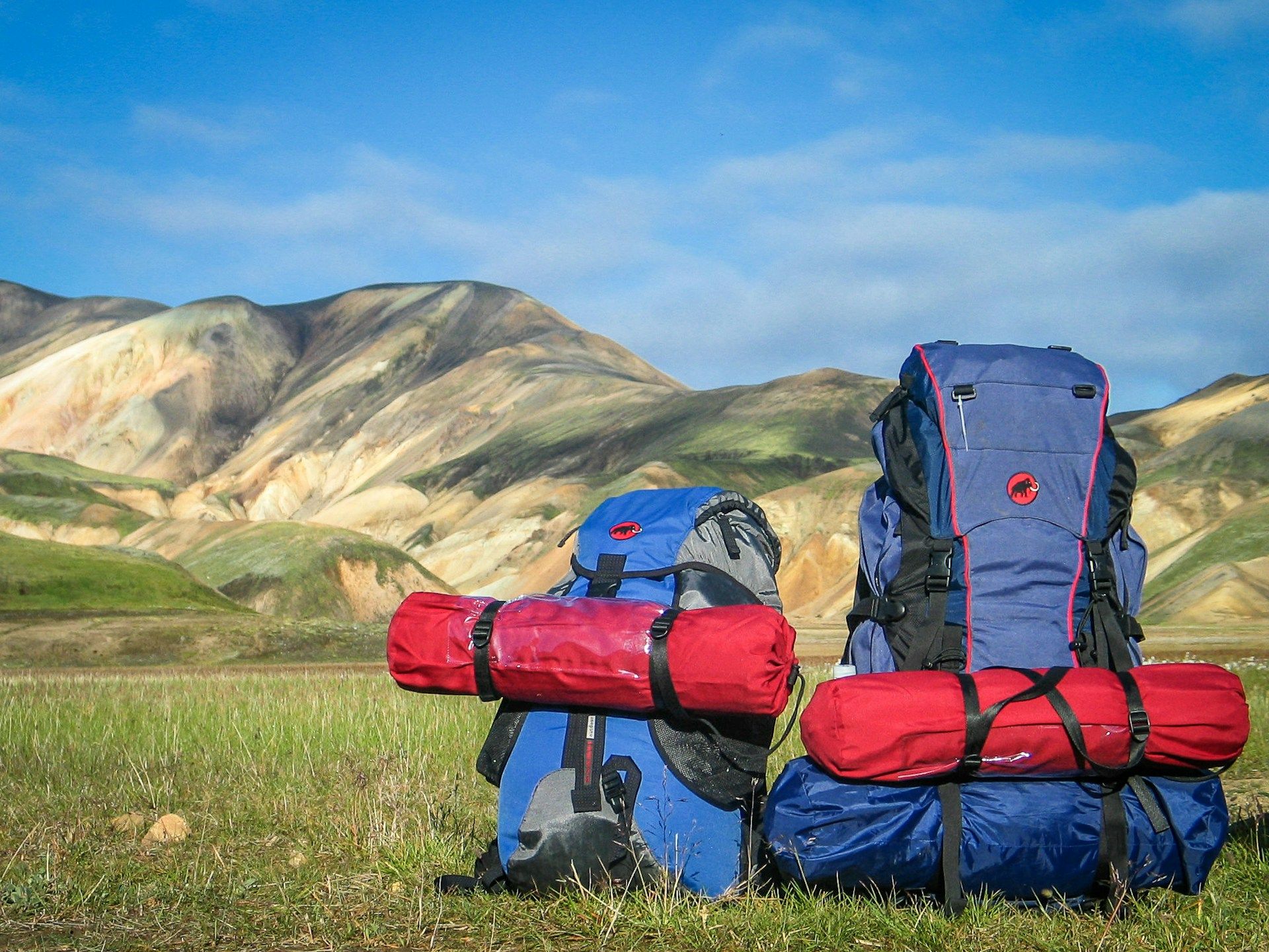
Photo by S&B Vonlanthen on Unsplash
Tips to Travel Smart During the Worst Time
Here are strategic tips to make the most of your rainy-season trip:
-
Plan Early-Morning Activities: Since rain usually starts in the afternoon, take advantage of the good weather in the mornings and get out early. Schedule hikes, tours, and travel during the first half of the day.
-
Choose Your Region Carefully: Not all regions offer the same, even if they’re part of the same country. You can favor the Caribbean coast or Guanacaste if you want drier days, and avoid mountainous and southern Pacific areas during heavy rains, for example.
-
Book Flexible Accommodations: Choose hotels with flexible cancellation or date-change policies. The weather might change your plans, and you might need to use those services.
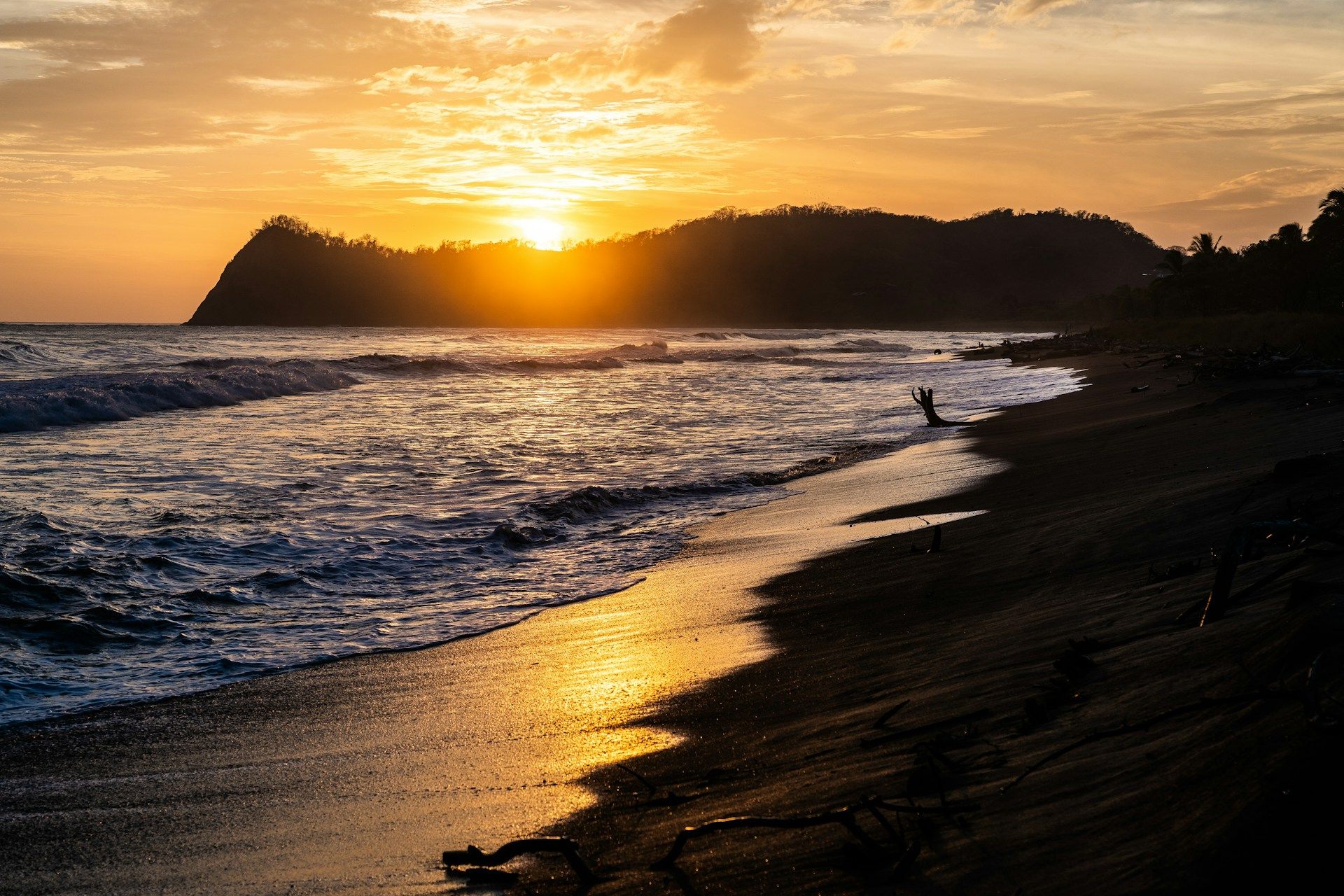
Photo by Eelco Böhtlingk on Unsplash
Conclusion
The worst time to visit Costa Rica, September and October, comes with real challenges. But it’s not a hard no. For travelers seeking lower costs, fewer crowds, and a different side of Costa Rica, this season offers surprising value. If you’re prepared, flexible, and willing to adjust expectations, you can still enjoy a memorable and rewarding experience.
